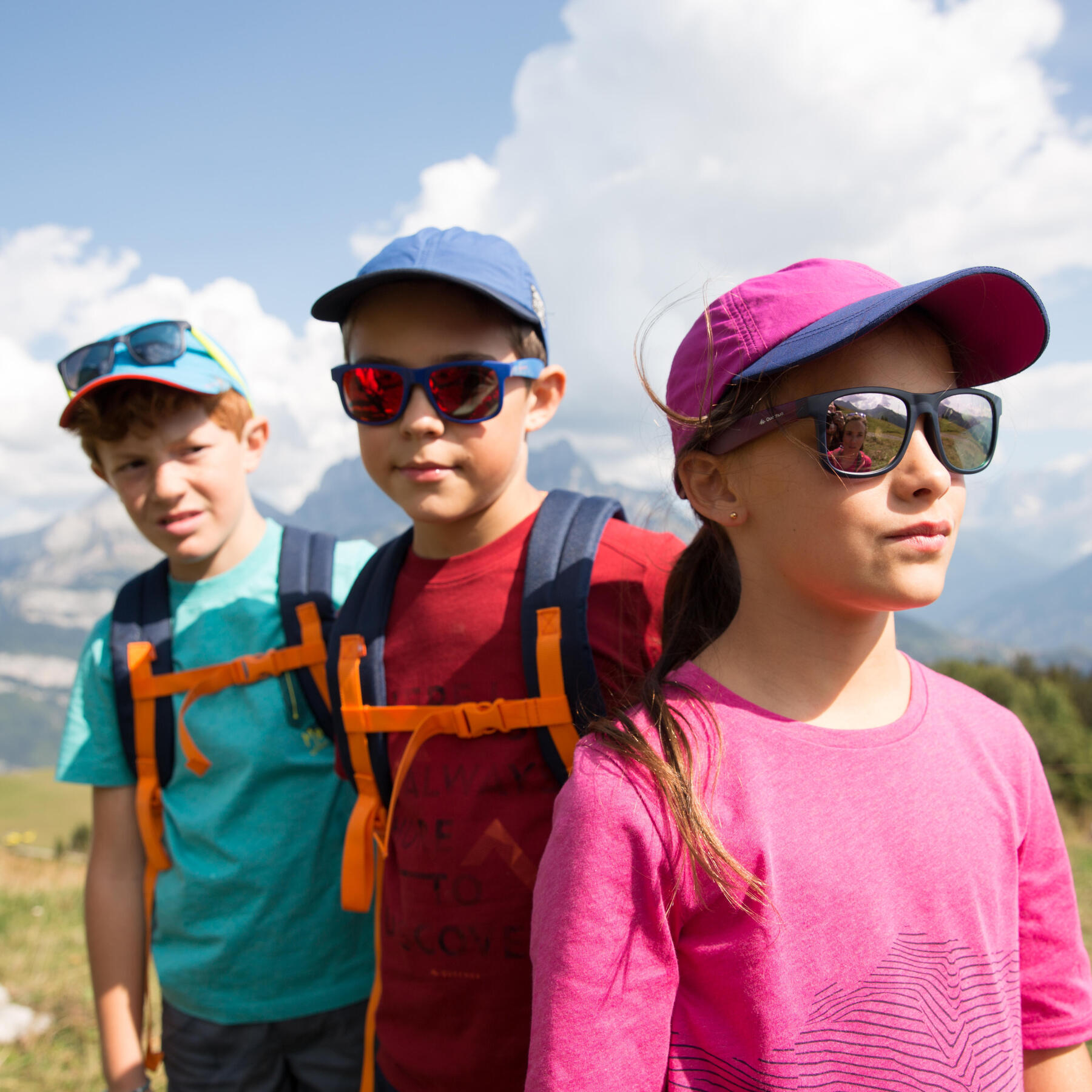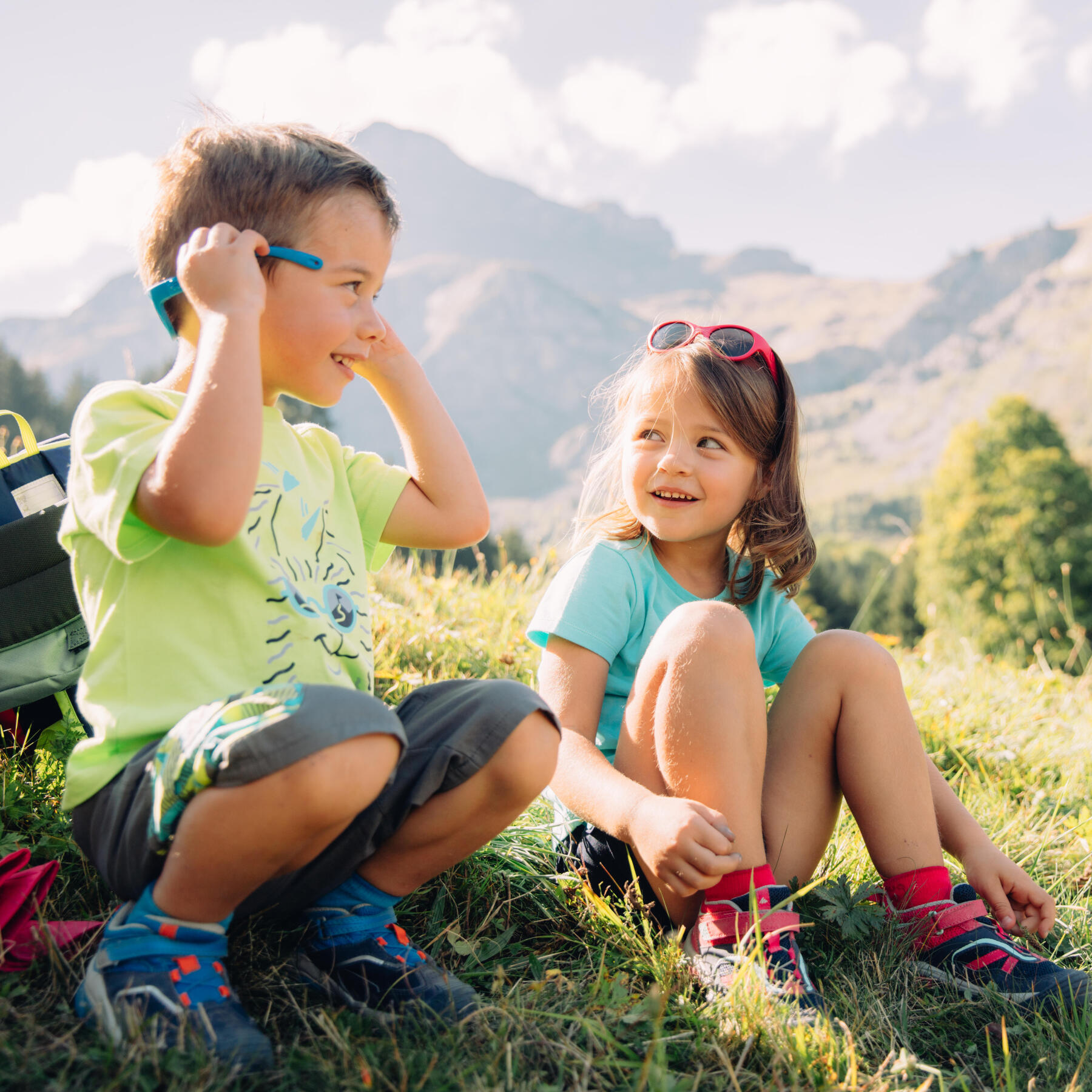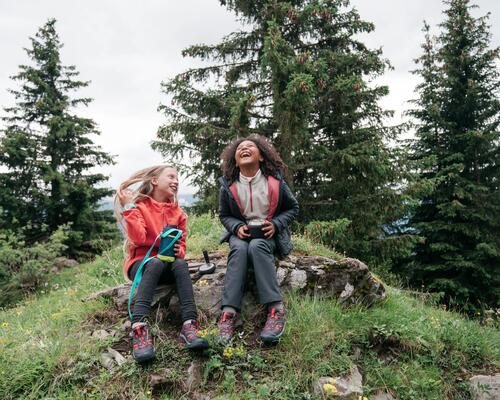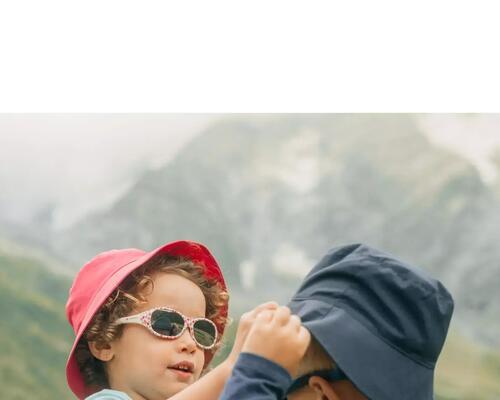Why are sunglasses essential for your child?
In the mountains, UV rays are not filtered as much (the radiation increases by 4% with every 300 metres of elevation gain).
Sunglasses are essential for the protection of your kid's eyes for two main reasons:
- Because the retina doesn't complete its development until the age of 20 years. Before that age, it cannot filter all the UVA and UVB rays. Sunglasses provide effective protection and prevent damage to your child's eyes.
- Because children are oblivious to the danger posed by the sun for their eyes. There is a risk that they will look directly at the sun without blinking. This is very dangerous and can result in burns to the retina if the direct exposure lasts several seconds.
With children's sunglasses, these risks are eliminated and you can let your child do as they please, without having to worry!







